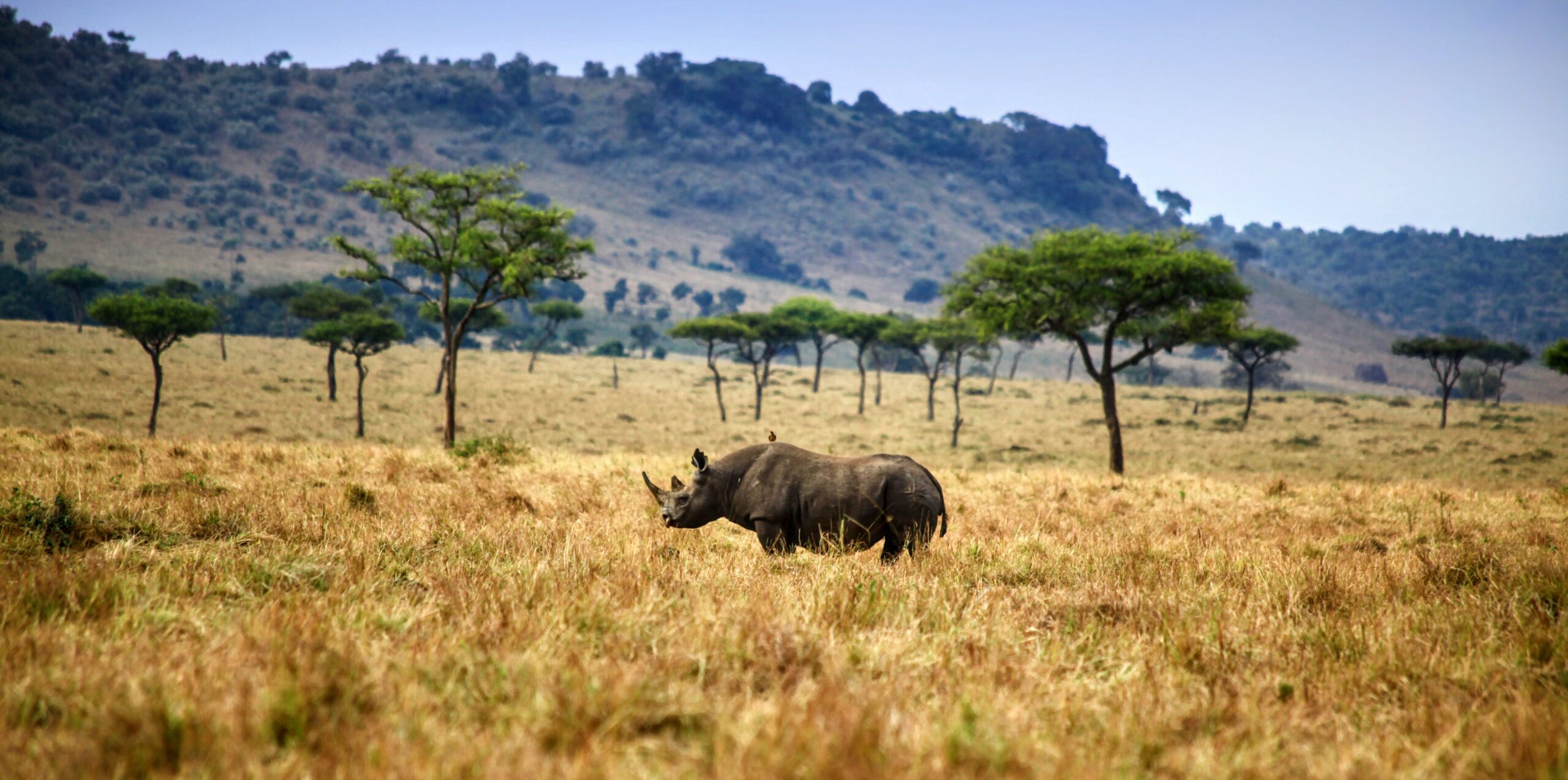As elephants and hippopotamus, rhinos are one of the most hunted species in Africa. There are five species of rhinos: white rhino, black rhino, Sumatran rhino, Indian rhino and Javan rhino which are mostly found in Asia, except black rhinos which are originally found in South and East Africa and are the major target of poaching.
In 2021, WWF reported that 451 rhinos were illegally killed for their horns whose value has kept rising over the years to reach US $20,000 per kg which makes it appealing for trade whether legal trade or in black markets. According to the United for Wildlife, rhinos’ ivory is “the fourth most lucrative global crime after drugs, human trafficking and weapons” particularly in Mozambique, as investigated in an article published in The Washington Times in 2015.
This shows how old and yet unsolved the issue is, and despite all the efforts and projects deployed by the World Wildlife Fund (WWF) to protect Rhinos, a recent publication highlights how difficult it is to fight against poaching of rhinos as the illegal hunting networks are very complex and hard to track.
The study even exposes the impact of lockdown in 2020 on the resorts. In fact, because of the restrictions of mobility, many conservation areas have lost a lot of their revenues normally coming from tourism, struggling with providing the necessary care for the threatened herbivores. Rhinos’ horn is used in traditional medical treatments and even as a symbol for fortune and success, there is then no specific use that is not tightly subjective and it makes this natural disaster a poorly justified, if not unjustified crime.
Despite the high poaching numbers, there is still a hope for population recovery through the various actions taken between international organizations and local African authorities. The Black Rhinos Range Expansion Project (BRREP) fostered by WWF aims at relocating threatened black rhinos in protected areas and by that increasing their growth rates. The Black Rhino Conservation Program is also an effective program to protect rhinos in Kenya, since the Kenyan Government has signed the National Black Rhino Conservation Strategy and Management Plan. There are also many non-profit organizations like Savetherhino.org aiming at raising funds to donate for emergency veterinary interventions.
All in all, it is important to first acknowledge the real threat and its dramatic impact on the population of rhinos. In many cases poverty and unconsciousness drives people to attack nature and its species and make it a source for lucrative trading, however the exploitation can only accelerate extinction and biodiversity loss. We may only contribute by donating as individuals, governments are expected to do more.

